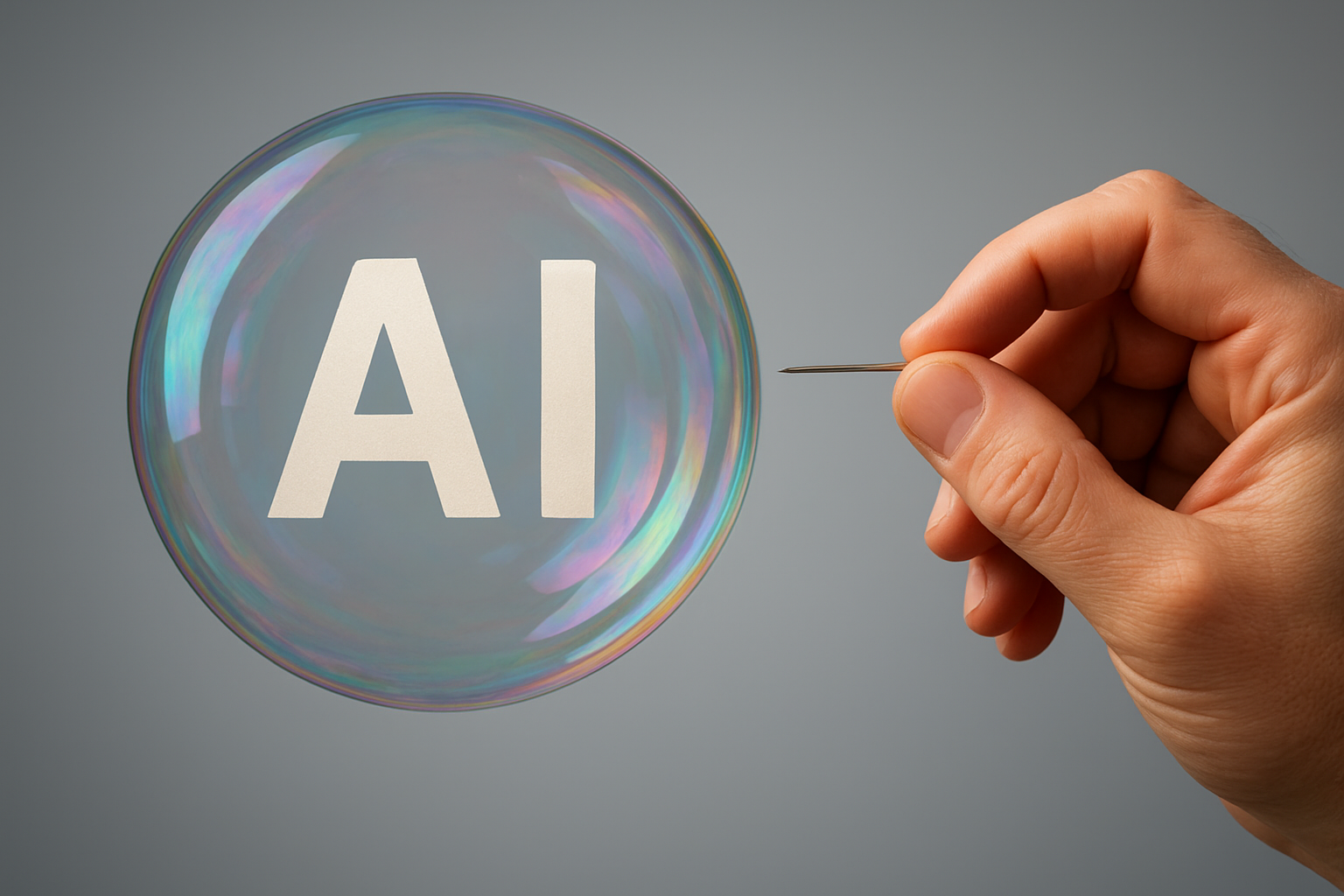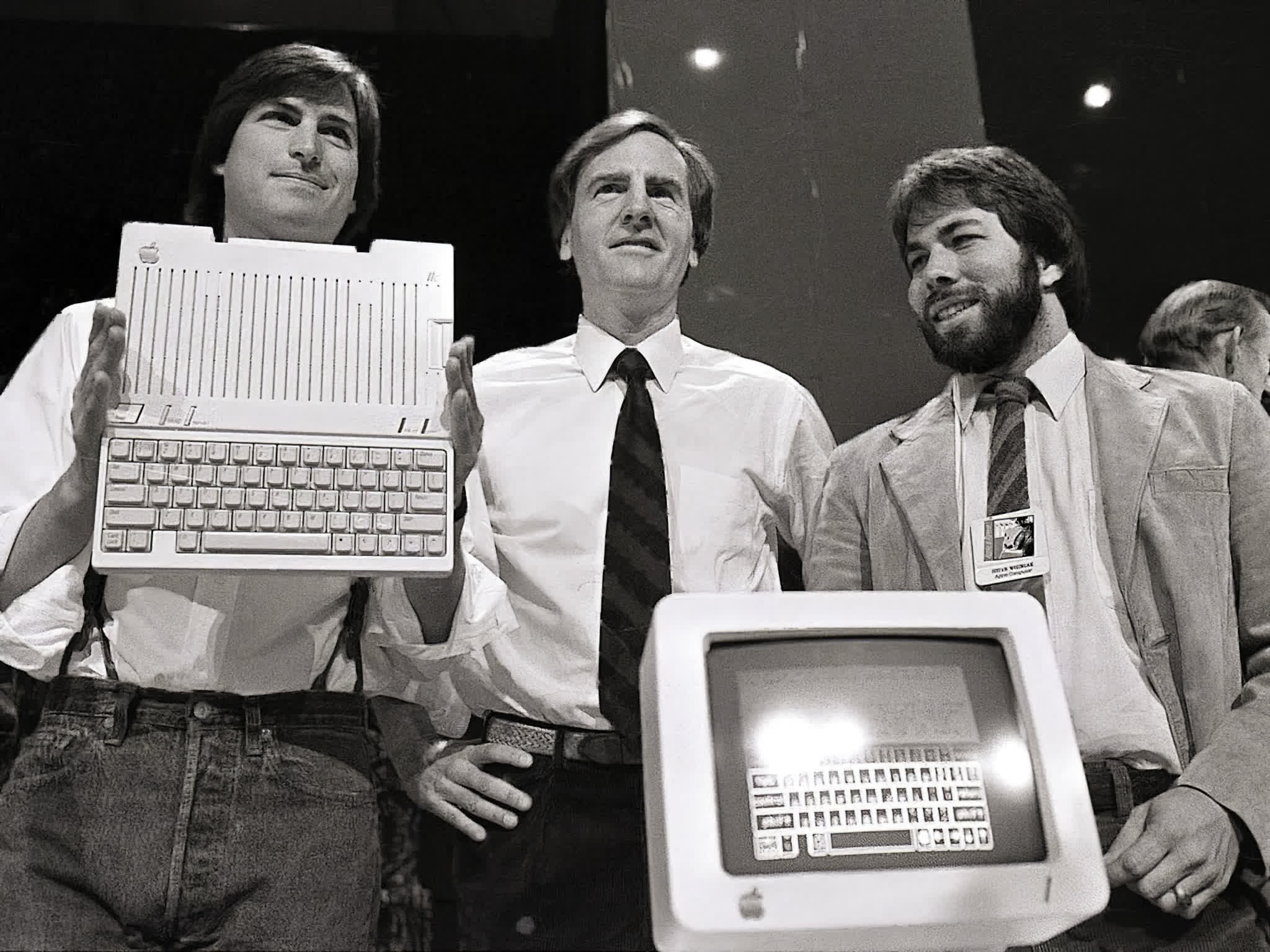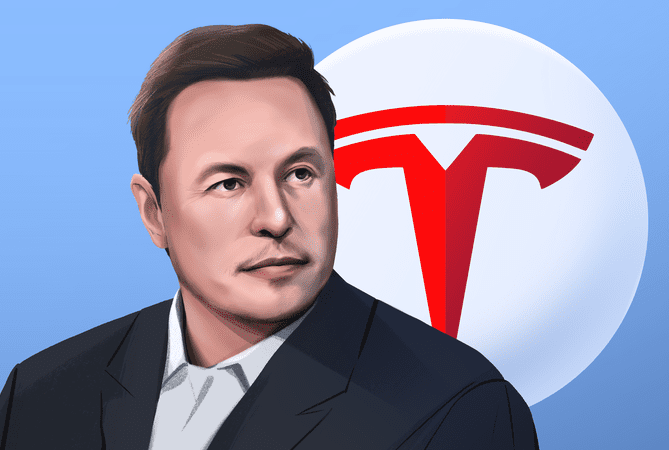Is the AI Bubble About to Burst? And What’s Next?

For the last few years, Artificial Intelligence (AI) has been the star of the tech world. From chatbots that write like humans to tools that can design ads, predict diseases, and even generate code, AI feels like it’s everywhere. Billions of dollars have been invested, startups have popped up overnight, and everyone, from small founders to the biggest tech companies, has been racing to claim their spot in the AI gold rush.
But lately, a different tone is starting to creep into the conversation. Analysts and investors are asking whether the hype around AI has gone too far. Some are even suggesting we’re living through a bubble, like the dot-com boom of the late 1990s, and that a painful correction may be just around the corner.
So, is the AI bubble about to burst? And if it does, what happens next? Let’s break it down.
Why People Think the AI Bubble Might Burst
When people talk about a “bubble,” they usually mean a situation where expectations grow way faster than reality. The dot-com era is a classic example. Back then, investors were throwing money at every company with “.com” in its name. When reality hit, most of those companies folded, leaving behind only the ones that built real value. like Amazon.
Something similar might be happening with AI. The Stanford AI Index reports that global corporate investment in AI reached about $252 billion in 2024, and that generative AI startups alone attracted nearly $34 billion in private funding. Yet many of these companies are still losing money, with business models that don’t clearly explain how they’ll become profitable. That mismatch between huge valuations and shaky business fundamentals is one of the clearest signs of a bubble.
Costs are another big warning sign. Training advanced AI systems has become extremely expensive. Researchers estimate that the cost of training frontier models has doubled nearly every year since 2016. This means smaller companies with fresh ideas are being locked out, because only the biggest players — think Microsoft, Google, or OpenAI — can afford the hardware, electricity, and talent needed to stay competitive. If costs keep climbing, many startups may simply get squeezed out.
And then there’s the hype. Some analysts are predicting that the AI market could hit $1 trillion by 2028, while others project it will grow from $391 billion in 2025 to nearly $2 trillion by 2030. These numbers make for great headlines, but they also raise a question: are we setting ourselves up for disappointment if reality can’t keep pace with such sky-high expectations?
The Warning Signs Everyone Should Watch
So how can we tell if the AI bubble really is about to pop? There are a few red flags worth watching.
First is the valuation-to-revenue gap. Companies with tiny or no revenues being priced at billions suggests investors are buying the story, not the product.
Second is cost pressure: as compute and energy bills rise, the marginal gains from ever-larger models shrink while the price to build them goes up as shown in this research.
Third, macroeconomic conditions matter: higher interest rates make capital scarcer and speculative bets less attractive, and we’ve already seen some AI firms trim staff or pivot because growth capital is less easy to secure. Recent reports of layoffs and restructuring at several AI firms and related companies illustrate that funding is getting pickier.
Regulation is another visible headwind. The European Union’s AI Act is the first comprehensive legal framework aiming to curb high-risk uses of AI and enforce transparency; the United States issued an Executive Order on safe and trustworthy AI development that pushes agencies to set standards; and Chinese regulators are tightening rules such as labeling AI-generated content, adding compliance burdens across markets. All of this raises costs and slows deployment, especially for smaller players without legal and compliance teams.
Finally, adoption fatigue matters. Not every AI tool delivers the promised boost. I know a marketing agency owner who tried six new AI tools in a year: two helped, three underdelivered, and one caused costly workflow disruption. Small disappointments compound across thousands of users; if business leaders stop seeing clear returns, they will pause spending, this would remove real demand, not just speculative money.
Will the AI Bubble Really Pop?
It’s unlikely that AI will collapse altogether. Unlike a fad, AI is already delivering measurable value. Banks use AI to detect fraud and improve compliance workflows, and hospitals use AI to help detect cancers and speed diagnostics with promising accuracy in clinical studies. Those are practical benefits that matter beyond hype.
But the market is probably headed for a correction. A more likely scenario is that weaker startups will close or get acquired, valuations will compress, and capital will flow toward companies that show steady revenue and defensible products. In short, AI will survive and continue to grow, but not every AI company will.
What Comes After the AI Bubble?
If the froth comes off, a few shifts are likely.
Investors will look for fundamentals
They will favour companies with clear revenue, strong customer retention, and defensible market positions, especially domain-specific AI that solves real problems in healthcare, finance, or manufacturing. Those vertical models tend to face fewer generalisation and trust issues and are easier to sell to risk-averse enterprise buyers.
Efficiency becomes a selling point
Techniques that reduce model size and cost—quantization, pruning, sparsity, will be important, and “green AI” that cuts the energy footprint will attract attention as regulators and customers focus on sustainability.
Consolidation will follow
Some smaller startups will fail, others will be swallowed by larger firms eager for talent or IP. We already saw high-profile pivots and layoffs at several firms that were once in the limelight—an early sign of the market selecting for resilience.
Adjacent fields may benefit
Edge AI, which runs models on devices rather than in the cloud, reduces latency and can be more private and cheaper at scale; robotics, combining AI with machines, could see renewed investment as companies aim to translate software gains into physical productivity; and longer-term areas like quantum computing may regain speculative interest if AI valuations cool.
Conclusion: A Reset, Not the End
AI isn’t going away. It’s already improving fraud detection in banking, speeding up diagnostics in medicine, and automating many routine tasks. But the gap between sky-high expectations and real results means a reset is coming. A correction will trim excesses, reward companies with real value, and leave behind a leaner, more sustainable AI landscape.
Think of it less as a bursting bubble and more as necessary pruning. The hype may fade, but what remains will likely be stronger, more efficient, and more useful. For founders, investors, and users who focus on measurable value instead of noise, the next chapter of AI could be better than what we see today.
Read - From Making $60 Million in 18 Months to Losing It All: Lessons for Founders

square.jpg)










